Select a category
usmle
profile/8257FB_IMG_16351408643359808.jpg
Kutanews24

6 Funny Jokes Of All Time
~2.6 mins read
(1) The Stolen Goat
JUDGE: Gentleman, are you guilty or not guilty?
KUNLE: My Lord, I’m not guilty.
JUDGE: How come you were arrested and brought before the court for stealing a goat?
KUNLE: My Lord, I was just passing by Mr. Darlington's house and I saw a very big rope tied to a tree. I said to myself, "maybe the tree is trying to commit suicide," so I rescued the tree and took the rope home. My Lord… I swear I didn’t realise there was a goat tied to the rope until now!
The Judge freed Kunle.
(2) Dead Promise
An accident occurred today, 11 persons were injured, 12 died. So the Minister of Health promised to offer N5,000 to the injured and N6million to the dead for their funeral.
One of the injured got up and laid where the dead were...
One of the dead shouted, "Bros, go back to your place, do not bring confusion here, they have counted us already!"
(3) Do You Have Any proof?
A man went to his lawyer and told him, "My neighbour owes me $500 and he won’t pay up. What should I do?"
"Do you have any proof he owes you the money?" asked the lawyer.
"Nope," replied the man.
"OK, then write him a letter asking him for the $1,000 he owed you," said the lawyer.
"But it’s only $500," replied the man.
"Precisely. That’s what he will reply and then you’ll have your Proof!"
(4) Honourable Senator
A man was taken to court for calling a Honourable Senator a Pig. He was a first offender and the judge was in a good mood and decided to show mercy. So he discharged him after warning him to desist from unguarded utterances in future.
The man removed his cap and thanked the benevolent judge profusely, ''Thank you, your lordship. Honestly sir, I didn't know it was wrong to call a Honourable Senator a pig. I won't do it again. I am sorry.''
''It's okay'', said the judge, ''you may go.''
''My lord, may I ask a question, sir?''
''Feel free'' answered the judge.
''Now I know it's wrong to call a Honourable Senator a Pig. But is it also wrong to call a Pig Honourable Senator?''
Amused, the judge replied, ''I don't know why you would want to address a pig as a senator. But I don't think the pig would mind. It's not unlawful, by the way. Yes, you can call any pig Honourable Senator.''
The man smiled and nodded, then he turned to look pointedly at the Senator and said, ''Goodbye, Honourable Senator.''
(5) 3 Heavy Slaps
A Man went to the Police station in Lagos to report a robbery incident...
MAN: I was robbed to at gun point!
POLICE: What happened?
MAN: Someone snatched my wallet. I was about to shout "thief" when 3 heavy slaps landed on my face. I didn't see anything for 30 minutes except stars!
POLICE: Can you describe the stars?
(6) How To Save A Life
I just saved a life today on my way out. I asked a beggar how he would feel if l gave him N1000?
He replied "Oga,
For more joke 😜 please send me gift.
profile/5139fa2019.jpg
Isa
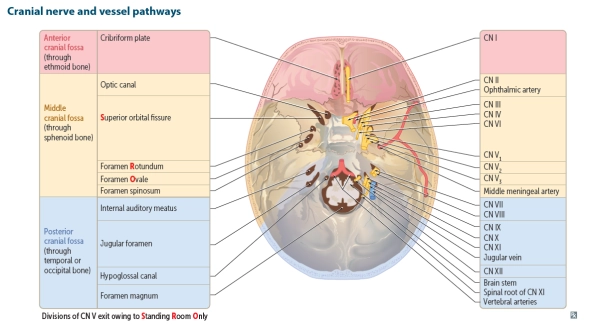 Picture source: USMLE first aid. Please buy a copy to get more info on this Mnemonic
Picture source: USMLE first aid. Please buy a copy to get more info on this MnemonicAnatomy Mnemonics To Know Which Nerves Are Sensory, Motor Or Both Sensory And Motor
~0.6 mins read
The 12 Cranial nerves and their Types
I - Optic (Some)
II - Olfactory (Say)
III - Oculomotor (Marry)
IV - Trochlear (Money)
V - Trigeminal (But)
VI - Abducens (My)
VII - Facial (Brother)
VIII - Acoustic or Vestibulocochlear (Says)
IX - Glossophrayngeal (Big)
X - Vagus (Bras)
XI - Spinal accessory (Matter)
XII - Hypoglossal (More)
Mnemonic
Some Say Marry Money, But My Brother Says Big Bras Matter More (what cranial nerve is Motor, Sensory, or Both)Note: Take note of the letters in Bold
1. S = Denotes a Sensory nerve
A sensory nerve doesnt control any movement, however it aids in functioning of some of the sense organs
2. M = Denotes a Motor nerve
A motor nerve controls movement of a muscle, but doesnt supply nerve endings to any sense organ.
3. B = Denotes when a nerve has Both Sensory and Motor properties.
profile/5139fa2019.jpg
Isa
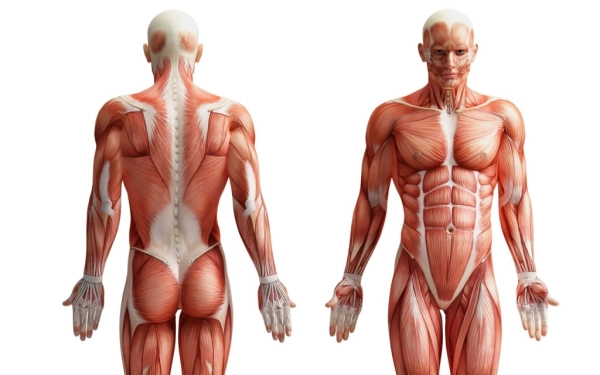 Human Anatomy
Human AnatomyAnatomy Mnemonics For The Cranial Nerves
~0.5 mins read
The 12 CRANIAL NERVES:
I - Optic nerve
II - Olfactory nerve
III - Oculomotor nerve
IV - Trochlear nerve
V - Trigeminal nerve
VI - Abducens nerve
VII - Facial nerve
VIII - Acoustic (vestibulocochlear) nerve
IX - Glossophrayngeal nerve
X - Vagus nerve
XI - Spinal accessory nerve
XII - Hypoglossal nerve
Remember the 12 nerves in the following order
On Old Olympus Towering Tops, A Finn And German Viewed Some Hops
If you confuse which comes first (Optic or Olfactory) remember:
• You have I nose. You have II eyes. (I - Olfactory; II -- Optic)
Advertisement
profile/5139fa2019.jpg
Isa
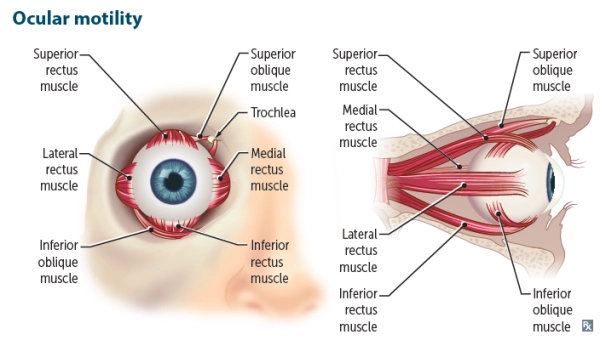 Picture source: USMLE first aid. Please buy a copy to get more info on this Mnemonic
Picture source: USMLE first aid. Please buy a copy to get more info on this MnemonicAnatomy Mnemonics For Innervation Of Extraocularmotor Muscles (Ophthalmology))
~0.6 mins read
The nerves that supply the extraocularmotor muscles are
1. Abducens nerve or Cranial nerve VI (6)
2. Trochlear nerve or Cranial nerve IV (4)
3. Oculomotor nerve or Cranial nerve III (3)
• LR6 (SO4) R3
Explanation of Mnemonics
• LR6 = Lateral Rectus muscle --> Innervated by CN6 (VI) Abducens
• SO4 = Superior Oblique muscle --> Innervated by CN4 (IV) Trochlear
• R3 = The Rest of the 4 eyeball movers --> Innervated by CN3 (III)
The muscles innervated by CN 3 (III) Oculomotor nerve are
1. Superior Rectus
2. Inferior Rectus
3. Medial Rectus
4. Inferior Oblique
The Oblique muscles take the eyeballs in the opposite direction. For example the Left Oblique is tested with the patient looking Right and .
Mnemonic
Obliques go Opposite (Left SO and IO tested with patient looking right).
I O U: IO tested looking Up.
profile/5139fa2019.jpg
Isa
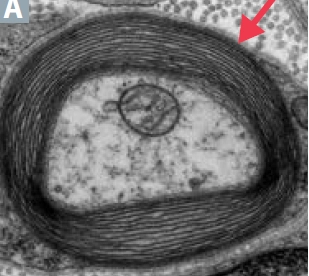 Picture source: USMLE first aid. Please buy a copy to get more info on this Mnemonic
Picture source: USMLE first aid. Please buy a copy to get more info on this MnemonicNeurology Mnemonics For Where The Myelin Is Produced In The CNS And PNS
~0.4 mins read
What is Myelin?
The Myelin Wraps and insulates axons in the nervous system.What is Axon?
An axon are tiny connections in the nervous system from where electrical signals move to other neurons. Thats how your brains tell you someone is touching you, or you are feeling pains for example.
Where the Myelin is produced
In Central Nervous System, CNS (including CN II), myelin is synthesized by oligodendrocytes.
In Peripheral Nervous System, PNS (including CN III-XII), myelin is synthesized by Schwann cells.
Mnemonic:
COPS (CO PS)
CNS = Oligodendrocytes,
PNS = Schwann cells.
profile/5139fa2019.jpg
Isa
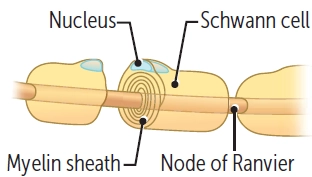 Picture source: USMLE first aid. Please buy a copy to get more info on this Mnemonic
Picture source: USMLE first aid. Please buy a copy to get more info on this MnemonicNeurology: What Are Schwann Cells
~0.5 mins read
Schwann cells are structures that surround the Axons (See my last post for a short explanation of what Axons are) in the Peripheral Nervous System.
This is the structure that surrounds and provides Myelin to wrap and insulate axons
Schwann cells are derived from the Neural Crest cells
Functions of the Schwann cell
1. Promote regeneration of the axon after injury.
2. One Schwann cell myelinates (surrounds and provides myelin) for one Peripheral Nevous System (PNS) Axon.
Which disease condition can result from injury to the Schwann cells
1. Guillain-Barré syndrome.
See my next post to know what Guillain Barre syndrome is all about
Advertisement
Advertisement
Loading...
 Kutanews24
Kutanews24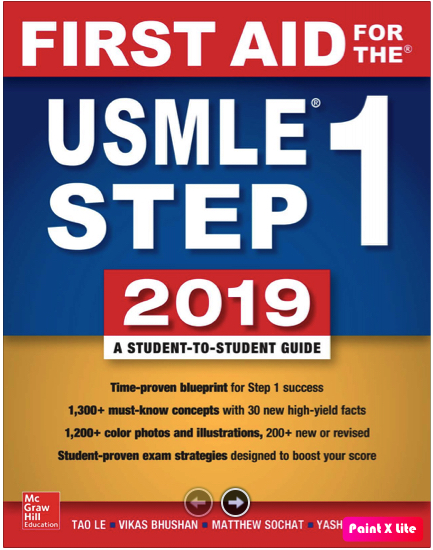 Isa
Isa